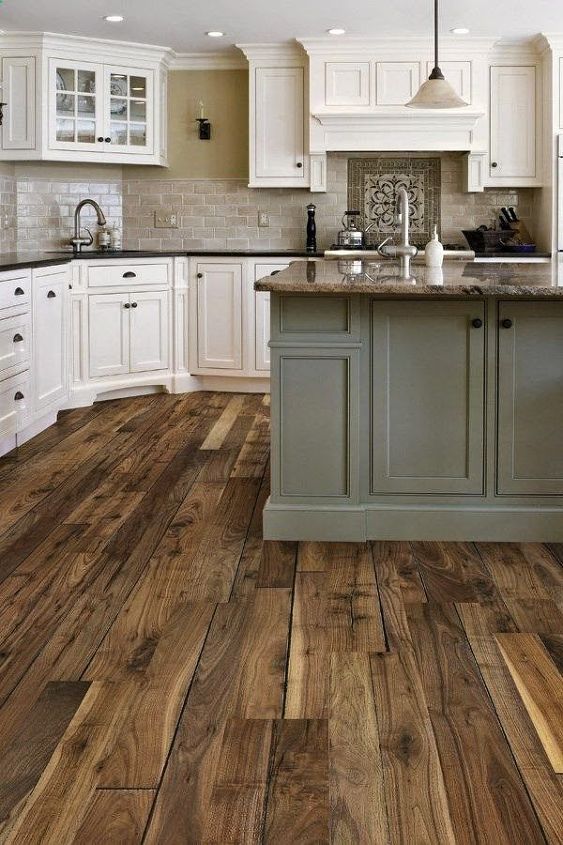How can I use 1x12”x4’ for the floor in a small hall?
Related Discussions
Vinyl plank flooring vs pergo (laminate)
I currently have stinky dirty carpeting in my living room and I want to replace it with a durable flooring that can stand up to dogs and kids.
How to remove popcorn ceiling that has been painted?
Does having a paint over a popcorn ceiling change how I'd remove the popcorn ceiling?
How to apply peel and stick wallpaper?
I want to spruce up my walls with peel-and-stick wallpaper. Has anyone used this before and can advise me as to how to apply it properly?
How to stain wood floor?
I've heard staining is a good technique for updating floors. So how do I stain my wood floor?
Vinyl plank wood-look floor versus engineered hardwood
We are building a new home and trying to decide between engineered hardwood or vinyl plank wood-look flooring. We have two kids and are wanting durability but want it... See more
"Select Surfaces" laminate from Sam's Club
Has anyone used the Select Surfaces flooring from Sam's Club? I have read good things on blogs about it, but don't know anyone who has actually used it. We are about ... See more


Hi Sue, this should show what you need to do
https://www.youtube.com/watch?v=Nfi7F8uvZw4
Are you wanting to use them for joists or as the substrate?
My guess is that your 1"x12"x4' boards are soft wood, which is subject to wear unless a carpet or runner is placed over it. I have 1"x8" to 1"x12" pine and tulip floors throughout our restored 1800's house and my workshop. They were laid down on waxed paper underlayment for wood flooring, which is available in your local flooring or hardware store. I used the spline technique, for which I cutting long straight strips of wood that fit into a grove milled into the length and width of the boards. If you are planning to join the 1"x12"s end to end (i.e. run the boards down the length of the hall) be sure to lay them in staggered patterns joining boards together with splines across the end grain as well as the length of the boards. Attach the boards by blind-nailing the material through the spline and lower part of the of the floorboard grove into the wooden sub-floor every 6 to 8" using a flooring nailer. Another important point to take into consideration is the relative humidity at the time the flooring is laid. Wide boards must be acclimatized and at the same relative humidity as the home. There is much debate around this, but in the north east where I live, I have had the most success laying floors during the transitional seasons of mid fall and very early spring when the air is neither humid or dry so that both shrinkage and expansion at the times of the driest and most humid seasons (mid January and late July) are kept to a minimum. Best of luck.